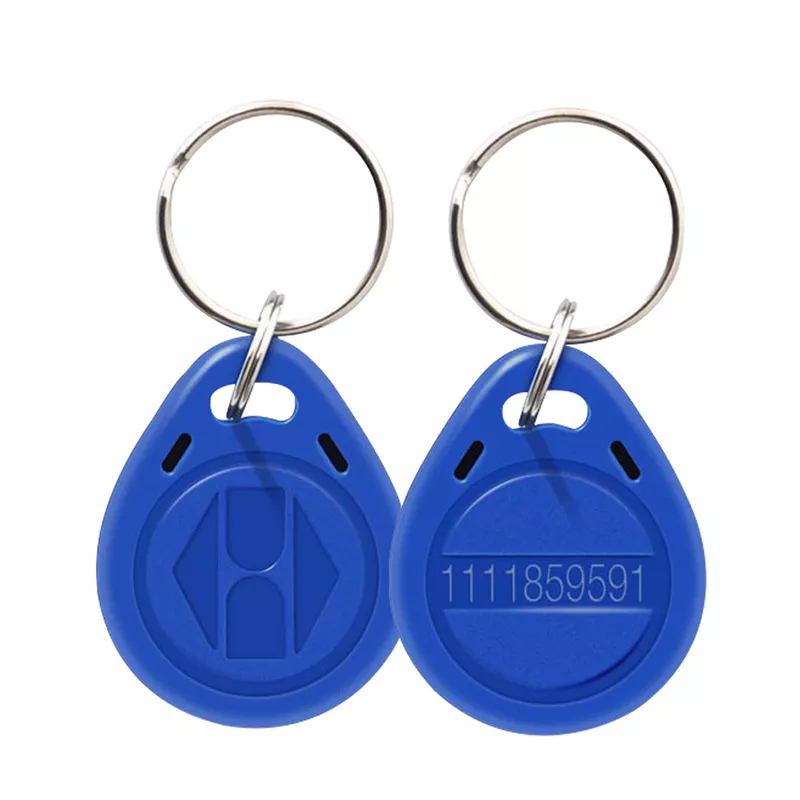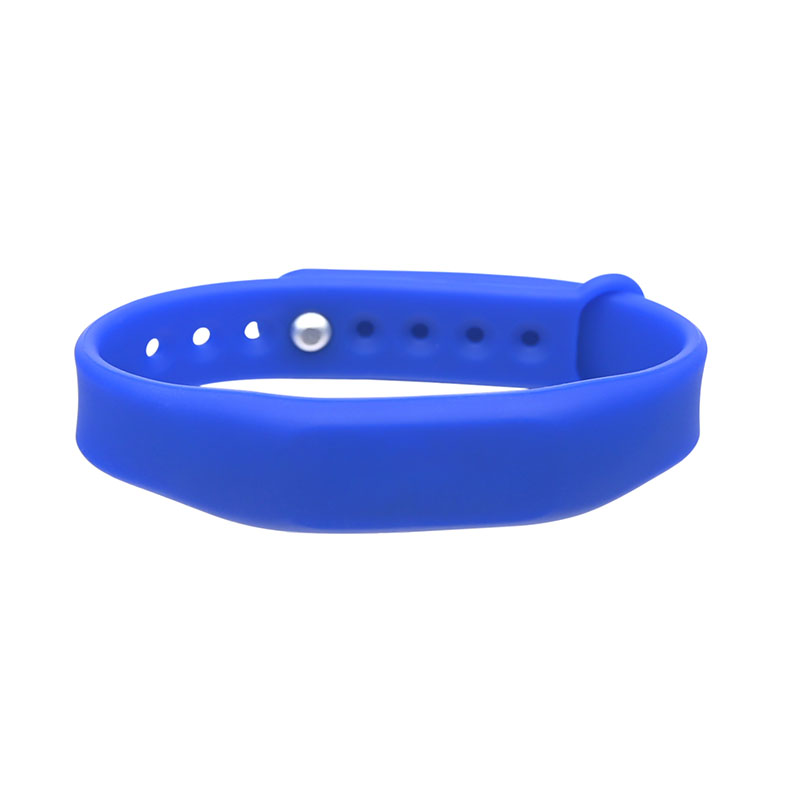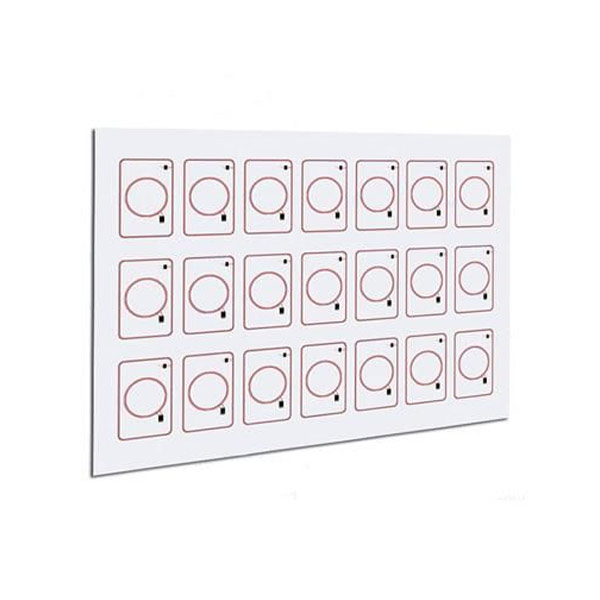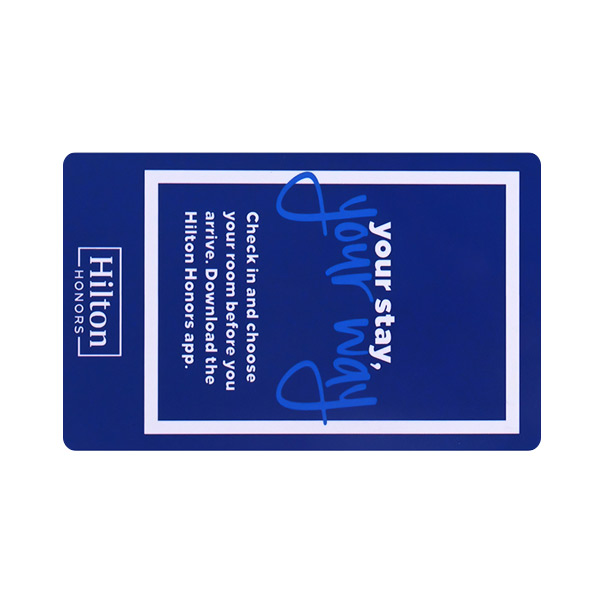First of all, lets take a look at several common smart cards on the market and in life, as well as the use of scenarios.
How much do you know about smart cards?
Hybrid cards: Hybrid cards also exist in various forms, with IC chips and magnetic cards made on a card, and contact and contactless cards integrated into one, generally known as "hybrid cards". For example, the common bank card with chip in our life is such a type of card, the advantage of this card is that a card has two different identification methods at the same time, regardless of the previous use of the magnetic stripe card reader, or now the chip sensor can be identified, conducive to a variety of occasions to use.

Encrypted memory card: encrypted memory card embedded chip outside the storage area to increase the control logic, before accessing the storage area need to check the password, only the password is correct, can access operations, this kind of information confidentiality is better, use and ordinary memory card similar. This kind of encrypted card with the function of storing data greatly improves the security and confidentiality of the information, and is suitable for the places of rechargeable consumption, because of the high security of this kind of card, so it is also loved by the major consumption places.
Non-encrypted memory card: its embedded chip is equivalent to ordinary memory, some chips also increased the specific area of the write protection function, this kind of card information storage convenient, simple to use, cheap, many occasions can replace the magnetic card, but because it does not have its own information security function, therefore, can only be used for confidentiality requirements are not high applications, such as community access control this kind of most customers will use this kind of card, because Access card this piece of the face of the customer base is relatively large, so the cost of control is particularly important, coupled with this card does not need to encrypt, in the read speed read above the natural millisecond, for access control class itself is to optimize the quality of life products, of course, is the second choice.
CPU card: CPU card embedded chip is equivalent to a special type of microcontroller, in addition to internal controller, memory, timing control logic, etc., but also with an algorithm unit and operating system, because the CPU card has a large storage capacity, processing power, information storage security features. Therefore, it is widely used in the occasions with high information security requirements, such as gas cards, bus cards, which usually use CPU cards.
Contact IC card: The data is read and written by the contacts of the reading and writing device and the contacts on the card; the international standard ISO7816 series provides for this type of IC card. The biggest difference between this kind of card and non-contact IC card is the identification method, so the application place is also similar, only the cost is different.
Non-contact IC card: no circuit contact with reading and writing equipment, by non-contact reading and writing technology to read and write (for example, light or radio technology). Its embedded chip in addition to the memory unit. Control logic, in addition to the addition of radio frequency transceiver circuit. This type of card is generally used in the access frequently, the reliability requirements are particularly high occasions. The international standard ISO10536 series sets out the relevant provisions for contactless IC cards. For example, school meal cards are used this type of card, read and write speed, data security, after all, the meal card is loaded with RMB, so it is suitable for large-scale crowd use of the card.





